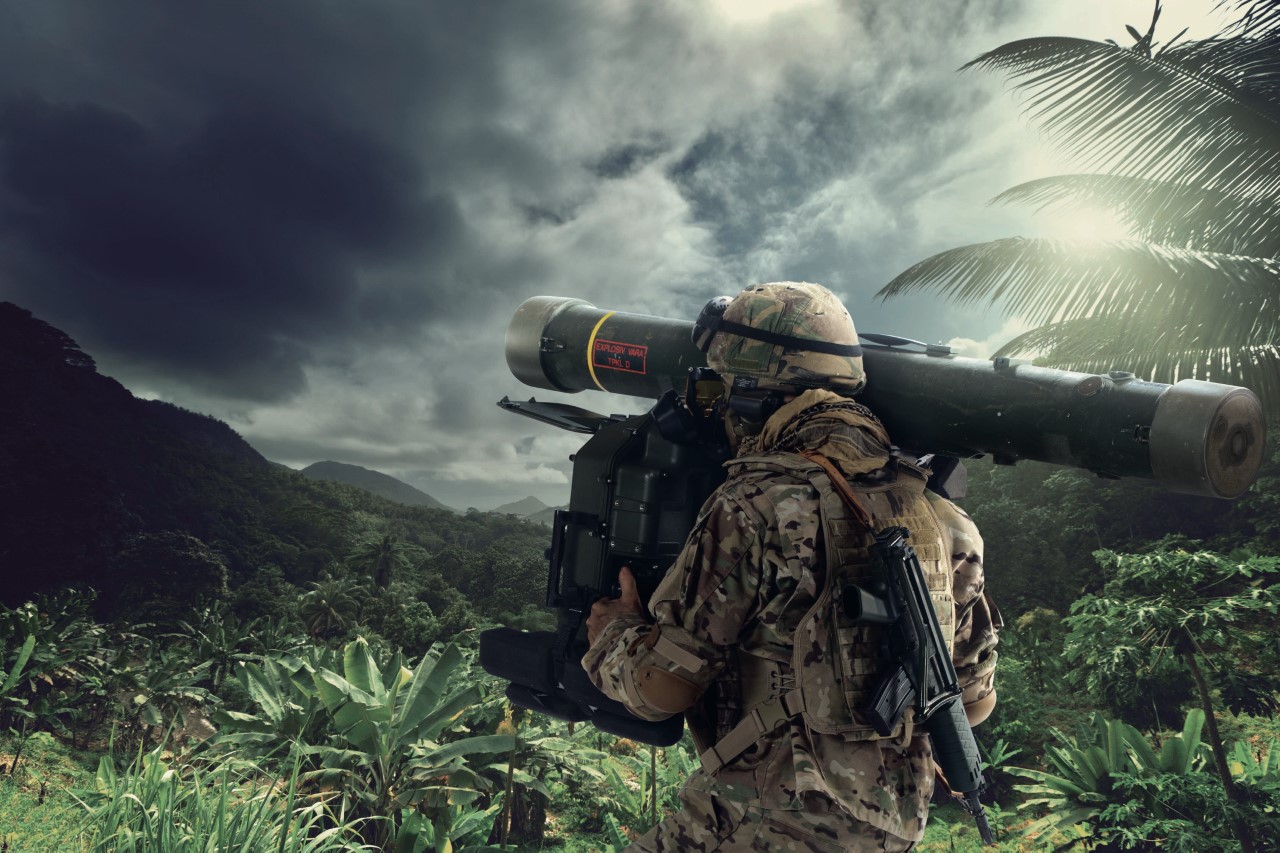Air Defence continues to grow as a capability and concept against the increasingly complex array of airborne threats. In Australia, this can be seen through the recent announcement of a new Short Range Ground Based Air Defence system, as well as the development of an Integrated Air and Missile Defence (IAMD) capable of engaging a wider spectrum of threats and contributing to the United States Pacific Command (PACOM) ‘umbrella’. The US Army is also heavily focused on reinvigorating its Short Range Air Defence (SHORAD) capability.
However, the Air Defence community must not bear sole responsibility – collective action is essential across all corps and levels of command. It is here that commanders must look beyond platform capability to address and counter the threats as a whole. In its Army Training Publication (ATP) 3-01.8 (Combined Arms For Air Defence) the US Army asserts:
Commanders at all levels face the challenge of being able to counter the air threat and adversarial reconnaissance within their operational environment. Countering air threats is a shared joint and combined arms responsibility.
Understanding the threat
During Australia’s recent conflicts, the requirement to remain cognisant of air threats has been negligible for those external to the Air Defence community. Consequently, general understanding of the character of airborne threats and potential counters is low. Fortunately, Australian forces had no immediate need to rapidly adapt to the increasingly lethal UAV-to-attack pattern that has characterised the Ukrainian conflict and continues to grow elsewhere; however, this does not mean we can sit comfortably.
Failure to expand the understanding of airborne threats and Air Defence among the wider Army community will only serve to hinder our ability to achieve future success. So we must ask and answer two key questions.
- Of the vast array of airborne threats, what should non-AD commanders truly be concerned about?
- How can non-AD elements enhance their AD capability?
The array of airborne threats is complex but they can be simplified into five broad categories; Ballistic Missiles, Cruise Missiles, Fixed Wing, Rotary Wing and UAS. Countering Ballistic and Cruise Missiles is inherently the remit of the Air Defence community but ensuring success against FW, RW and UAS is heavily reliant on the actions of all commanders. For the purpose of instilling Air Defence awareness in all corps, I would focus efforts towards UAS, primarily concerned with the vehicle element. In terms of capability development, I believe the Counter-UAS (C-UAS) problem has received the most support and the search for a platform that can effectively negate this threat continues to expand; however, ground forces cannot be overly reliant on the use of Air Defence assets to counter airborne threats.
The US Modern War Institute recently released a video of Dr. Phil Karber discussing the nature of the Ukrainian conflict and some key lessons learned. Dr. Karber identifies Russian and Separatist use of varying UAV types to expedite the targeting process and allow the rapid destruction of Ukrainian forces. He also identifies Russia’s use of UAV to specifically target ammunition reserves with an 8kg phosphorous bag to trigger secondary effects. When we also consider the employment of UAV by ISIS, the growing complexity of UAS is apparent.
Countering the threat
In approaching these threats, we should consider the platform less and the capabilities more. An important lesson to be drawn from the Ukrainian conflict is that, for many UAV, location and observation is a primary task that enables subsequent destruction by supporting fires. Dr. Karber asserts that units must “build three positions and occupy one.” If we take this beyond face value it is an important statement. I believe it represents a movement away from the destruction of airborne threats as the only solution and towards an understanding that we can exploit the vulnerabilities of these systems through simple deception and other non-kinetic means.
Undoubtedly, AMD platforms must remain focused on evolving to counter the increasingly complex nature of threats, from the suite of Ballistic Missiles to all groups of UAS and everything in between; however, despite the Artillery motto of Ubique, these assets cannot be everywhere. To ensure we remain poised to counter (or at least disrupt) airborne threats, commanders must look beyond platform capability and address Air Defence conceptually. The ideal solution to the problem of AD is one where all elements, regardless of corps and position, exhibit a deeper understanding of Air Defence, take relative responsibility for its conduct and consistently practice its application.
About the author
Captain James Easton is an Air Defence Officer currently posted to the US Fires Center of Excellence.
Disclaimer
Grounded Curiosity is a platform to spark debate, focused on junior leaders. The views expressed do not reflect any official position or that of any of the author’s employers – see more here.

